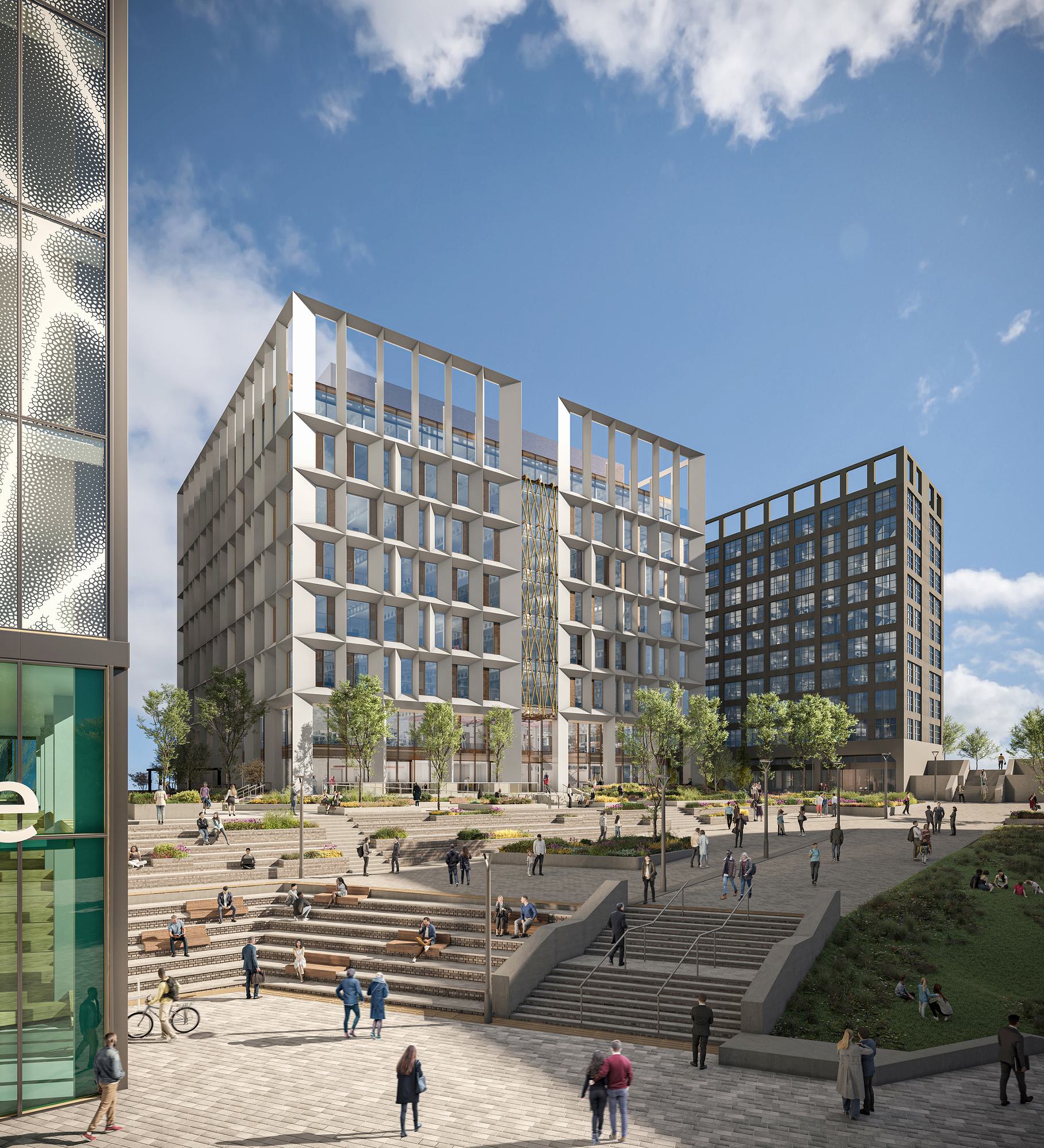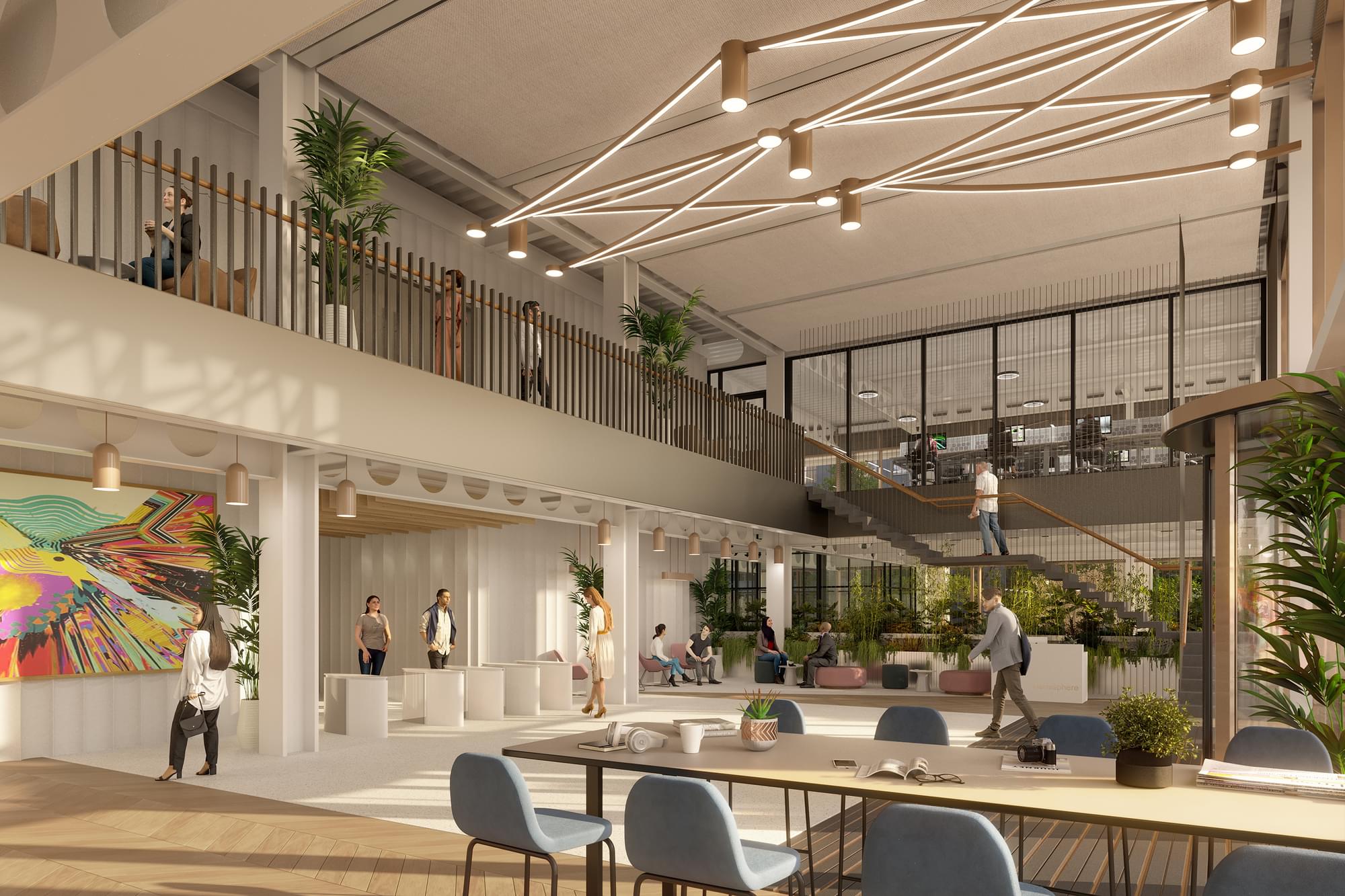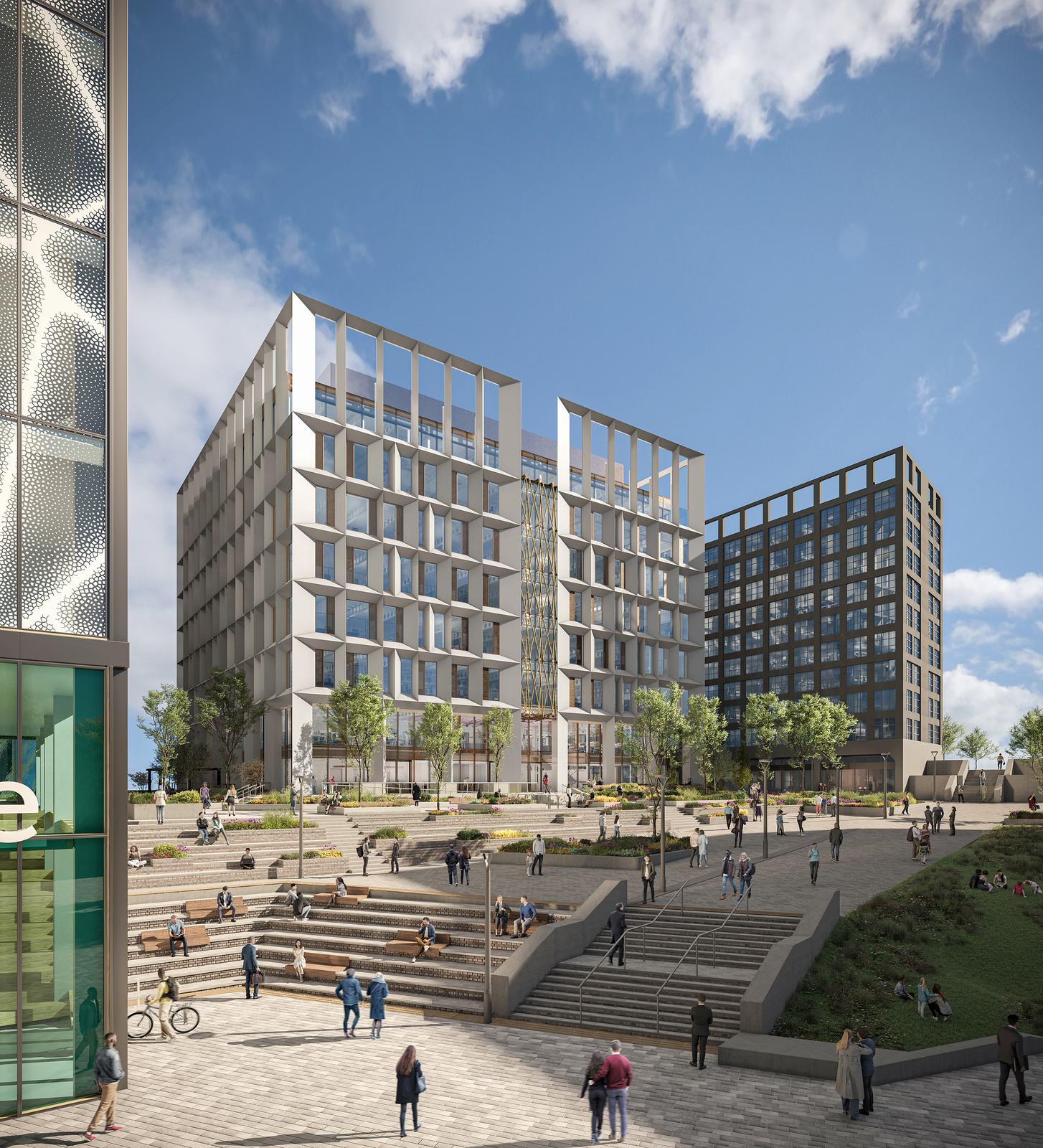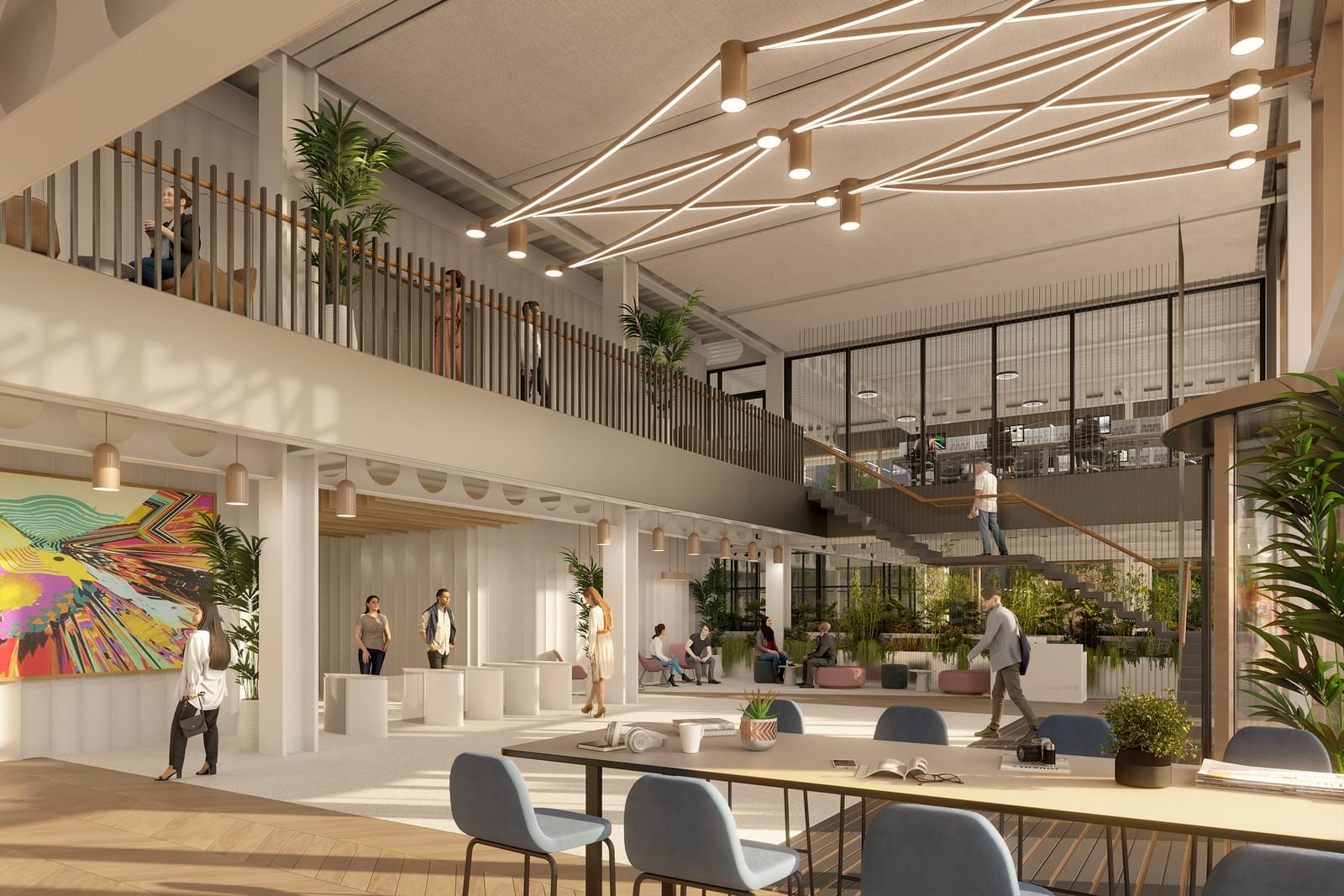Thought Leadership
Boosting university income streams through collaborations with developers and local authorities
by AHR
As universities face mounting financial pressures—from declining revenues and rising operational costs to the challenge of securing long-term income—many are turning to strategic partnerships with local authorities and private-sector developers.
These collaborations offer access to valuable resources, expertise, and funding, while also creating opportunities for innovative estate management. By partnering with external stakeholders, universities can develop spaces that serve both academic missions and the wider community, unlocking new income sources and enhancing financial sustainability.
The shift towards collaborative estate strategies
Relying solely on traditional funding models such as tuition fees, research grants, and government support is increasingly insufficient for many universities to maintain financial stability. With financial sustainability becoming an urgent priority, universities must seek out new revenue-generating opportunities. Property development, estate rationalisation, and external partnerships offer innovative ways to secure additional income, directly benefiting the university’s financial health.
In response to these challenges, universities are moving away from traditional estate management models and embracing collaborative strategies. Partnering with local authorities and private developers provides access to essential external investment and expertise, helping universities meet evolving educational demands while contributing to urban regeneration. These partnerships create valuable opportunities that would otherwise remain untapped.
Creating opportunities through partnerships
Collaborative estate planning enables universities to tap into resources and expertise they may not possess internally. Through partnerships with developers and local authorities, universities can secure the investment needed for large-scale redevelopment projects, alleviating financial strain while generating new revenue streams. They create the potential to develop income-producing spaces, including student accommodation, research labs, conference facilities, and mixed-use developments.
By developing flexible spaces that serve both academic and commercial needs, universities can unlock long-term financial benefits, ensuring the continued growth of their core activities. The income generated through these ventures allows universities to reinvest in their academic missions, enhancing sustainability and building stronger financial foundations.
Case study: Sciontec
A prime example of universities collaborating with developers and local authorities to transform their estates is Sciontec in Liverpool. This partnership between Bruntwood SciTech, Liverpool City Council, and the University of Liverpool and Liverpool John Moores University has a shared vision to develop spaces that support science and technology businesses in the city1.
We have worked with Sciontec on the designs for Hemisphere One and Hemisphere Two at Paddington Village. These developments will provide modern, flexible office and laboratory spaces that foster research, innovation, and collaboration. Beyond their academic benefits, the Hemisphere buildings will also generate significant income through commercial rental spaces, creating new opportunities for financial growth.
Sciontec’s approach aims to encourage cross-disciplinary collaboration, attract top talent, and provide the infrastructure needed for cutting-edge research. By aligning with the universities’ needs and the city’s broader goals, this partnership is driving economic growth, fostering knowledge exchange, and ensuring a consistent income stream for all partners, including the universities.
The benefits of collaborative partnerships
- Financial sustainability: Partnering with developers and local authorities secures investment for large-scale redevelopments, reducing financial risk and supporting long-term growth through rental income.
- Income-generating spaces: Joint venture developments create revenue-generating properties, such as office buildings and student housing, diversifying income sources and reducing reliance on traditional funding.
- Estate rationalisation: Outside expertise allows universities to optimise space, streamline operations, and improve functionality, delivering cost savings and meeting the evolving needs of students and staff.
- Community and economic impact: These partnerships contribute to local job creation, infrastructure improvement, and economic regeneration, benefiting both the university and the surrounding community.
- Sustainability and innovation: Collaborative projects offer the chance to integrate sustainable design and cutting-edge technologies, ensuring energy-efficient buildings that support the university’s sustainability goals while attracting students and talent.
As universities continue to face financial and sustainability challenges, collaborations with local authorities and private-sector developers offer a vital strategy for generating new income streams and optimising estates. Partnerships like Sciontec Liverpool demonstrate the potential for universities to combine expertise from multiple sectors to create spaces that are flexible, sustainable, and aligned with both academic and local economic needs.
We are committed to supporting universities through this transformative journey. With our expertise in estate planning, sustainable design, and multi-sector partnerships, we can help universities navigate the complexities of collaboration with local authorities and developers, ensuring that new developments not only meet academic and sustainability goals but also unlock long-term financial benefits.Whether you’re looking to optimise existing space, create income-generating properties, or develop innovative solutions that support both the university and the wider community, we can provide the insights, expertise, and guidance you need to succeed. Discover more here
References
1. About Sciontec: https://sciontec.co.uk/about-sciontec/
Posted on:
Mar 31st 2025
Topics:
Share on
Related Articles

Practice News
PAS 2038: How can we support your journey to net zero?
PAS 2038 was introduced in 2021, setting the requirements for works to commercial buildings. But exactly what is PAS 2038 and how can we apply its guidance to support your journey to net zero?
Date: 21 Oct 24
by AHR

Project News
A visionary interior design to spark creativity and inspire greater learning outcomes
Senior interior designer Jenny Flower reveals how our thoughtful interior design strategy played a key role in shaping a peaceful, comfortable and inspiring space at Scotland school.
Date: 4 Nov 24
by AHR

Practice News
Building consultancy: retrofitting a route to net zero
We focus on the improvement of existing buildings, providing spaces which enhance the experiences of our clients and occupants, through our refurbishment and remodelling projects.
Date: 15 Oct 24
by AHR

Podcast
How can we add value, when repurposing a Victorian building?
Guest Speakers: Simon Lamprell and Jenny Flower from AHR.
Date: 26 Jun 24
Hosted by Simon Lamprell
Director, Architecture



